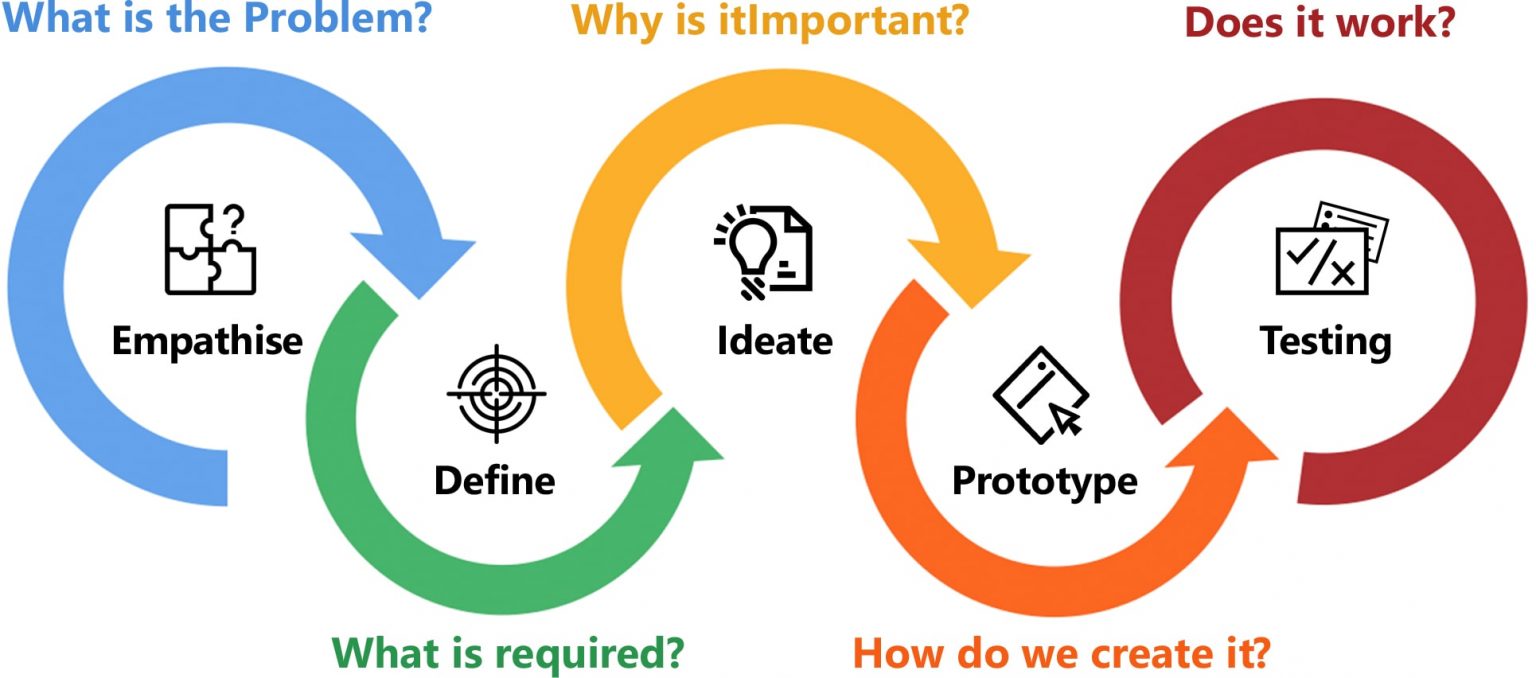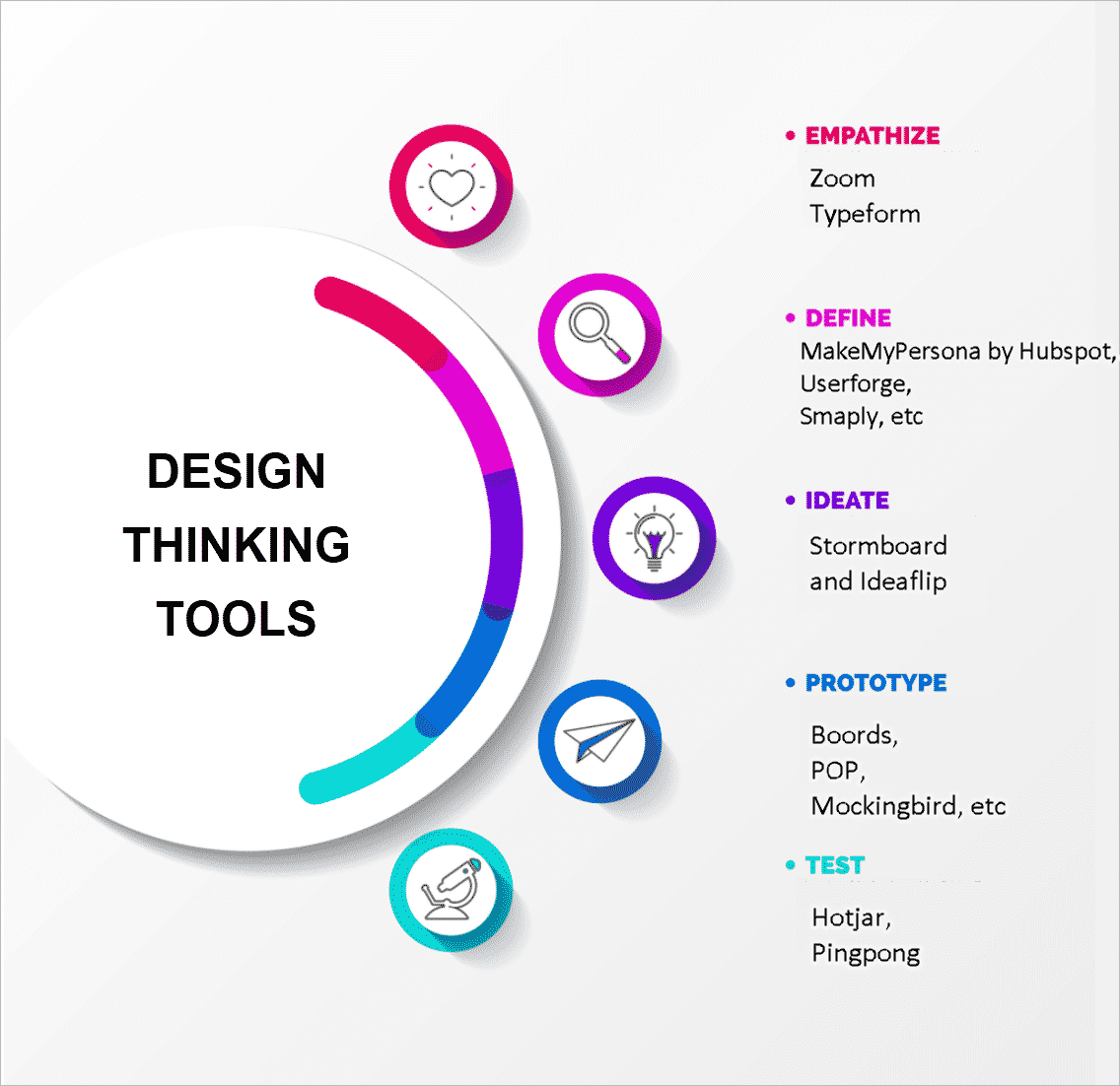Table Of Content

For organizations who’ve never run a design thinking workshop before, it can feel like a big change in how you approach the design process. Here, the focus is on speed and efficiency — you don’t want to invest a ton of time or resources into these solutions yet because you’re not sure they’re the best ones for the problem you’re trying to solve. You just need a functional, interactive prototype that can prove your concept. These are learning opportunities to help you spot any issues or opportunities before you take it any further. Your priority here is to generate as many ideas as possible, without judging or evaluating them. This step encourages designers to think creatively and push the boundaries of what's possible.
Using design thinking to improve legal operations processes - Wolters Kluwer
Using design thinking to improve legal operations processes.
Posted: Wed, 14 Feb 2024 15:51:19 GMT [source]
Process Mapping made simple
This gave them a lot of insight into what children went through when they had to sit for these procedures and what could be done to lessen the children’s stress. Learn the essentials of software development so you can work more effectively with developers. Combine the UX Diploma with the UI Certificate to pursue a career as a product designer.
thoughts on “Design Thinking Guide: What, Why and How”
Design thinking means putting customers, employees, and the planet at the center of problem solving. Mural helps teams visualize their ideas in a collaboration platform that unlocks teamwork. This helps everyone stay on the same page, while giving them the ability to add their own ideas freely and easily. Mural facilitates effective collaboration both in person and remotely, making it ideal for design thinking workshops for co-located and distributed teams. Plus, it has tons of ready-to-use templates (like the ones we listed above) to help you get started.
Creating a User Experience Survey: Your Ultimate Guide
A POV involves reframing a design challenge into an actionable problem statement. You articulate a POV by combining your knowledge about the user you are designing for, his or her needs and the insights which you’ve come to know in your research or Empathise mode. Your POV should be an actionable problem statement that will drive the rest of your design work. The next step is to brainstorm ideas about how to solve the problem you’ve identified. These ideation sessions could be in a group, where your team gathers in an office space that encourages creativity and collaboration, an innovation lab, or can be done solo.
Design Thinking in Banking for the Customer Experience Innovations - Finextra
Design Thinking in Banking for the Customer Experience Innovations.
Posted: Tue, 23 Apr 2024 07:22:34 GMT [source]
What can design thinking do for your business?
For example, teams may jump from the test stage to the define stage if the tests reveal insights that redefine the problem. Or, a prototype might spark a new idea, prompting the team to step back into the ideate stage. Tests may also create new ideas for projects or reveal insights about users. To truly grasp the significance of design thinking, it’s essential to delve into its historical roots. The concept finds its origins in the mid-20th century, primarily within the field of industrial design.
Put your prototype in front of real customers and verify that it achieves your goals. The goal of this phase is to understand what components of your ideas work, and which do not. In this phase you begin to weigh the impact vs. feasibility of your ideas through feedback on your prototypes. Allows for content and ad personalization across Google services based on user behavior. Permits storing data to personalize content and ads across Google services based on user behavior, enhancing overall user experience.

By understanding the person affected by a problem, you can find a more impactful solution. On top of empathy, design thinking is centered on observing product interaction, drawing conclusions based on research, and ensuring the user remains the focus of the final implementation. Design thinking methods and strategies belong at every level of the design process. However, design thinking is not an exclusive property of designers—all great innovators in literature, art, music, science, engineering, and business have practiced it.
This helps us redefine a problem so we can identify alternative strategies and solutions that aren’t instantly apparent with our initial level of understanding. As you can see, design thinking offers us a means to think outside the box and also dig that bit deeper into problem-solving. It helps us carry out the right kind of research, create prototypes and test our products and services to uncover new ways to meet our users’ needs.
Implement results from the design thinking process and experiment.
By replacing “user” with “human,” designers can empathize better with the people for whom they are designing. Don Norman takes HCD a step further and prefers the term People-Centered Design. Teams often use design thinking and agile methodologies in project management, product development, and software development. These methodologies have distinct approaches but share some common principles.
Using an iterative approach to tackle those problems often lead to non-obvious, innovative solutions. Design thinking started out as a process for creating sleek new technology and products. But this methodology is now widely used across both the private and public sectors, for business and personal projects, all around the world. Define ideas, needs, and problems through effective organization and prioritization. Explore the Moscow board as a powerful tool for prioritizing ideas, guiding the journey from defining problems to advancing the most crucial ideas.
Design thinking is “human-centered,” which means that it uses evidence of how consumers (humans) actually engage with a product or service, rather than how someone else or an organization thinks they will engage with it. To be truly human-centered, designers watch how people use a product or service and continue to refine the product or service in order to improve the consumer’s experience. It favors moving quickly to get prototypes out to test, rather than endless research or rumination. The IBM model is based on three main principles represented in the figure below; focus on the user outcome, multidisciplinary teams, and restless reinvention is maintained. The consumer is represented by the yellow dot in the loop diagram as a user-centered process. The green dots refer to the multidisciplinary teams from different departments involved in the design process, and the restless reinvention refers to the iteration nature of the process.

No comments:
Post a Comment